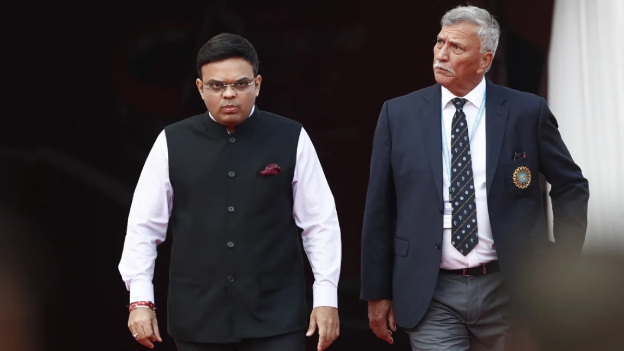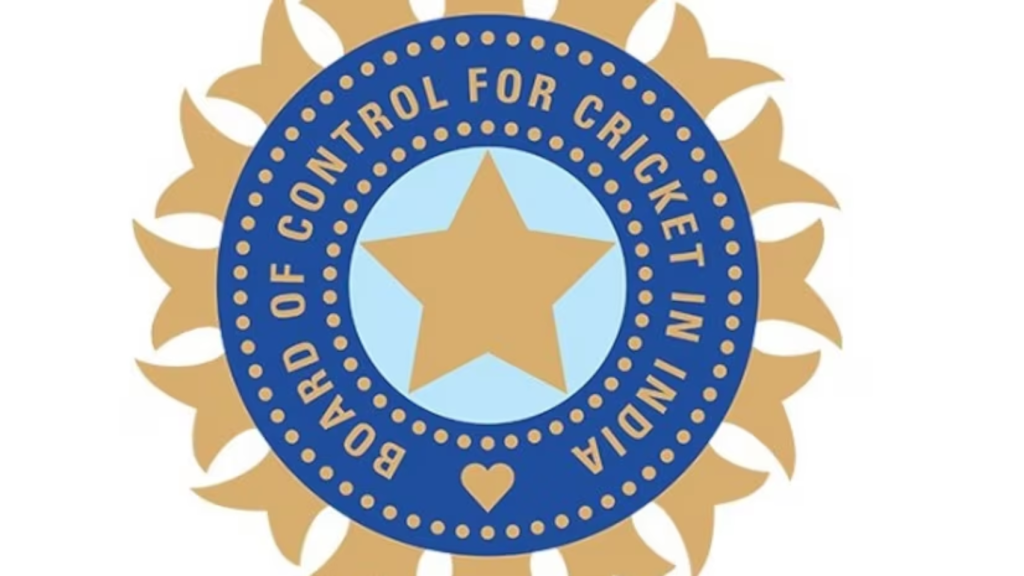The Indian board now receives close to US$ 230 million annually under the new revenue-distribution scheme, but no other Full Member has a percentage share in double digits.

The BCCI will get approximately 40% of the ICC’s annual net earnings thanks to a revised revenue-distribution mechanism adopted by the ICC board.
In the upcoming four-year commercial cycle, the BCCI will get approximately 40% of the ICC’s annual net earnings thanks to a revised revenue-distribution mechanism adopted by the ICC board. The BCCI will make nearly US$ 230 million every year between 2024 and 2027, or 38.5% of the ICC’s estimated US$ 600 million in yearly revenue, while none of the other 11 Full Members have a percentage share in the double digits. The approximately US$ 67.5 million annual share will be distributed among the 90+ Associate Members.
The ICC board met in Durban on Thursday, the last day of the international body’s AGM, and approved the revision, which ESPNcricinfo first reported on in May. Despite a change to the draft model, the distribution model mostly stays the same. However, a middle band of five full members—CSA, SLC, BCB, NZC, and CWI—will see an increase in income of around US$ 1 million annually. Following the BCCI, the ECB, CA, and PCB earn the most under the new arrangement.
It was always anticipated that the absolute rise in income across all Full Members (rather than the percentage shares) would prevent those complaints from being disruptive, even though some boards, foremost among them the PCB, had first raised questions about the workings behind the concept. The leadership of the PCB has since changed, which has also contributed. The governing body’s finance and commercial affairs (F&CA) committee worked on the new model after an ICC team initially created it. Only some of the model’s specifics, such as the standards by which each Full Member would be judged when the distribution was computed, were initially presented to members at an ICC board meeting in March. The report outlining the suggested model was then distributed to the board directors and full members.
The model’s “component weightings” are as follows:
- The History of Cricket
- Performance in men’s and women’s ICC competitions over the previous 16 years
- Contribution to the ICC’s commercial revenue
- An equal weighting for the status of being a Full Member
Much of this is taken from the primer that the Big Three created nine years ago. Then, a different F&CA working group (headed by the BCCI, ECB, and CA) made a “position paper” outlining a suggested redesign of the ICC’s management and allocation of its earnings. That study emphasized the distribution expenses, or the money each member would receive, which were calculated using the “marked scoreboard method” and a graded percentage share. The scorecard also considered four factors: revenue given to the ICC, prior ICC membership, on-field performance over the previous 20 years in men’s and women’s competitions, and domestic development performance. However, there are a few minor variations in this suggested model. Each Full Member is listed to earn an 8.3% share for becoming a Full Member, and each Full Member begins on an equal footing. However, the “effective percentage” that everyone will finally receive is determined by the weighted average of all four factors, and it rapidly varies depending on the other three factors. The most crucial factor is the commercial value that each board adds to the world economy, and here is where the BCCI benefits the most. This model assigns the BCCI an 85.3% commercial weighting. This number is in the neighborhood of an often reported estimate that the Indian cricket economy provides anywhere between 70 and 80% of the overall cricket economy, even though the document that ESPNcricinfo had seen doesn’t explain how this is calculated. The nature of the ICC’s following media rights agreement, which is expected to be the second-largest in cricket over four years behind the IPL, supports that approximation. Its worth exceeds the $2.1 billion (roughly) the ICC received worldwide during the last rights cycle, which lasted eight rather than four years (2015–2023).
To maximize and fully utilize the financial potential of its international events, the International Cricket Council (ICC) chose to sell this batch of media rights in various worldwide regions throughout the 2024–2031 cycle. The rights in India are worth more than $3 billion, dwarfing those in other countries, mainly two critical markets in the UK and USA. Sky Sports and ICC signed a direct agreement for eight years (2024–2021) in the UK and Ireland, with an estimated value of nearly $260 million. For an undisclosed cost, Willow TV obtained the four-year rights to broadcast ICC events in the USA and Canada; nevertheless, it is reported that the amount fell far short of the ICC’s expectations. The final total from rights will be higher due to the sponsorship and commercial profits the ICC will receive from the international events, which may increase by another $1 billion or more.
Stay updated on sports news with our website. Get comprehensive coverage of events, performances, and critical incidents. Visit us now!



